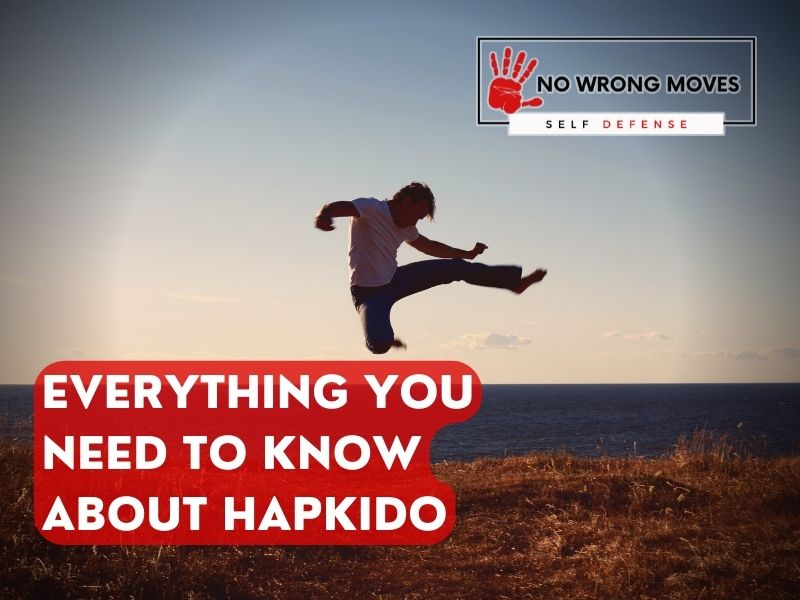
Are you interested in learning about Hapkido? Well, you've come to the right place! In this post, we will delve into the fascinating world of Hapkido and cover everything you need to know to get started.
First and foremost, we'll begin with what Hapkido actually is, as well as a brief look at its history. Then we'll discuss the many benefits of practicing Hapkido, from improving physical fitness and flexibility to developing self-defense skills and enhancing overall well-being.
If you're ready to take the first step in your Hapkido journey, we'll guide you through how to get started and what to expect from your first class. We'll also provide insight into the different levels and ranks in Hapkido and why it's crucial to find a good teacher or class.
Finally, we'll answer the main question on many people's minds: is Hapkido effective for self-defense? So let's get started on this exciting journey of discovery and explore the world of Hapkido together!
What is Hapkido
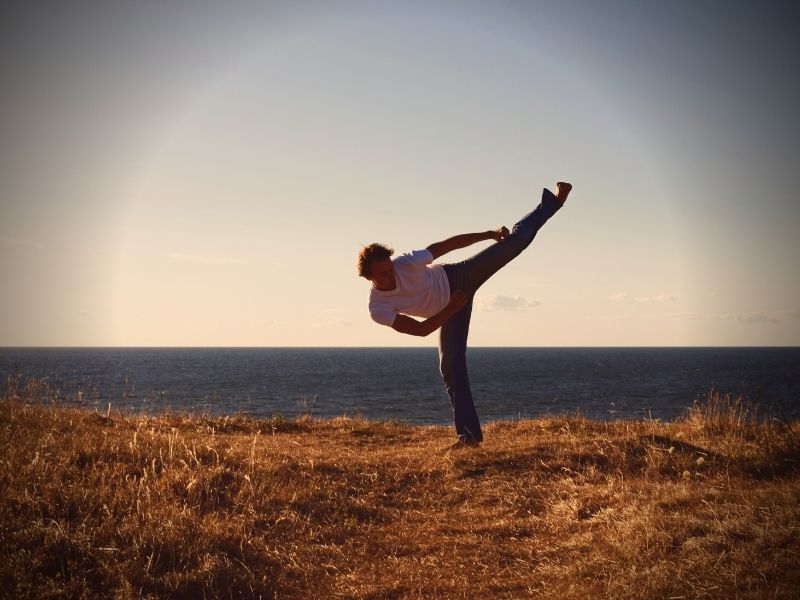
Hapkido is a unique Korean martial art that focuses on self-defense through joint locks, grappling, throwing techniques, kicks, punches, and other striking attacks.
This hybrid form of martial arts also teaches the use of traditional weapons like the knife, sword, rope, nunchaku (ssang juhl bong), cane (ji pang ee), short stick (dan bong), and middle-length staff (joong bong),and bō, which vary in emphasis depending on the particular tradition examined.
The techniques employed in Hapkido range from long-range to close-range fighting, utilizing jumping kicks and percussive hand strikes at longer ranges, and pressure point strikes, joint locks, and throws at closer fighting distances.
The art emphasizes circular motion, redirection of force, and control of the opponent. Practitioners of Hapkido aim to gain advantage over their opponents through footwork, body positioning, and the use of leverage, avoiding the use of brute strength against brute strength.
All-in-all, Hapkido is a fascinating and effective form of martial arts that offers a wide range of techniques for self-defense.
Hapkido: Its Origins
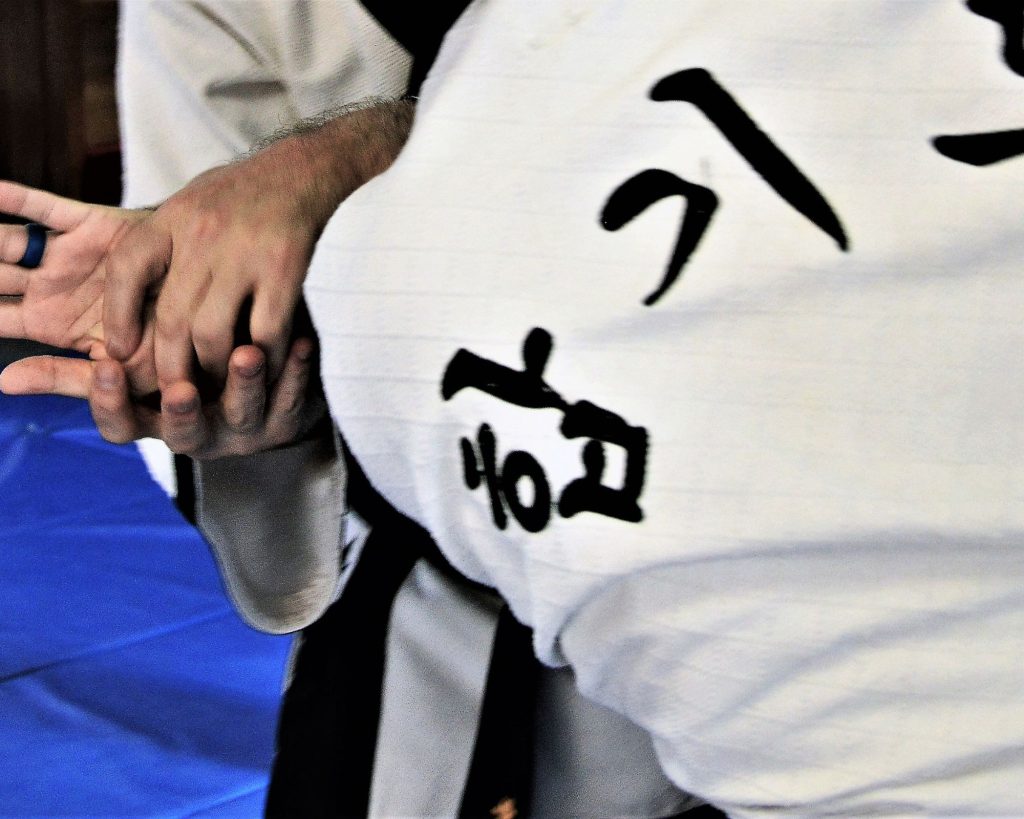
The origin of Hapkido can be traced back to it being adapted from Daitō-ryū Aiki-jūjutsu, which was taught thanks to the efforts of Choi Yong-Sool and his students after his return to Korea from Japan after World War II.
Choi's disciples combined the techniques with kicking and striking techniques of indigenous and contemporary arts such as Taekkyon and Tang Soo Do, and various throwing techniques and ground fighting from Japanese Judo.
Choi Yong-Sool's training in martial arts is a subject of contention though.
He was sent to Japan as a young boy and returned to Korea with techniques characteristic of Daitō-ryū Aiki-jūjutsu, but claims that he was adopted by Takeda Sōkaku and trained under him for 30 years are disputed.
Regardless, Hapkido is known for its fluid, circular movements, and joint locks. It also incorporates kicks and strikes, as well as the use of traditional weapons such as the sword, rope, staff, and short stick.
The principles of Hapkido emphasize using an attacker's momentum against them, allowing a smaller practitioner to defend themselves against a larger opponent effectively.
In addition to its use in self-defense, hapkido is also used for health and fitness benefits. The fluid movements of the martial art promote flexibility and coordination, while the focus on breath control and relaxation techniques can have stress-relieving effects.
Hapkido practitioners also strive to cultivate a calm, peaceful mindset and a strict moral code of conduct.
hapkido Techniques
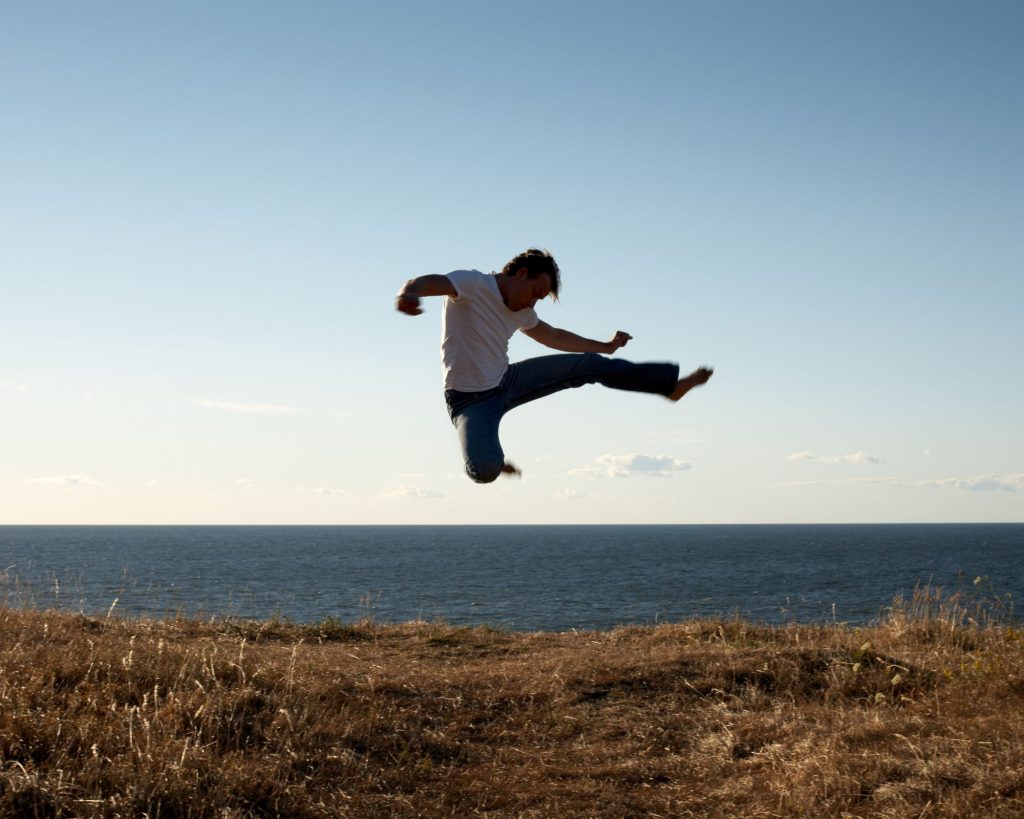
Hapkido is unique in that it emphasizes self-defense over sport fighting and uses weapons, including environmental weapons of opportunity. Hapkido techniques are designed to be used against an armed or unarmed opponent.
The goal is to take down or subdue the opponent using footwork, kicks, hand strikes, and pressure points to overcome an opponent. Hapkido is seen as a greatly effective form of self-defense because it can be used against an attacker regardless of size or strength.
Hapkido Kicks
Hapkido utilizes a wide variety of kicks, including low, hooking, and sweeping kicks.
Its method of delivery tends toward greater weight commitment to the strikes and less concern for quick retraction of the kicking leg.
Hapkido's kicking arsenal also includes various jumping and acrobatic kicks found in Taekwondo.
Two innovators in kicking arts, Ji Han-Jae and Kim Moo-Hong, combined their forms with yu sool concepts for striking and created the kicking curriculum used by the Korea Hapkido Association.
Hapkido practitioners believe that leg techniques should be used more often than hand techniques, since the legs are longer and have more mass behind them than fists.
Other influences on the kicking techniques of important hapkido teachers include Ji Han-Jae, Gwonbeop, Yoon Byung-In, Han Bong-soo, Kim Moo-Hong, Myung Kwang-Sik, Jeong Kee-Tae, Lim Hyun-Soo, and others.
In general, skilled Hapkidoists try to avoid kicking techniques to the head of an attacker because headbutts or knees are generally more effective in close-quarters combat situations.
Hapkido Hand Strikes
Hapkido employs a wide variety of hand techniques, so it should be no surprise that punches and elbow strikes are fairly common techniques in the martial art.
The "live hand" strike is also used in Hapkido. This type of strike is used to weaken the opponent before joint locking and throwing.
Hapkido also makes use of foot techniques, such as kicks and chops. Joint locks and throws are also common in Hapkido.
Hapkido Joint manipulation techniques
Hapkido joint manipulation techniques are based on the Dait-ry Aiki-jjutsu. However, the Hapkido circles are smaller, and the techniques are applied in a more linear fashion.
The Hapkido knife-hand elbow press is a technique used to disarm the elbow joint of a sword-wielding opponent.
It is typically introduced off a wrist-grabbing attack and involves cutting down on the inside of the attacker's wrist while simultaneously stepping in and pressing the attacker's elbow joint with the outside of the Hapkidoist's forearm.
Hapkido is well known for its use of wristlocks, including the supinating wristlock, pronating wristlock, internal rotational wristlock, and the utilization of pressure points on the wrist.
Hapkido techniques involve applying force against the joint to cause pain, force a submission, gain control of an opponent, assist in a hard or gentle throw, or cause the dislocation or breaking of the joint.
Hapkido Throwing techniques
Many Hapkido throwing techniques are found in other martial arts, such as Judo and Daito-ryu, but Hapkido has its own unique spin on them.
For example, Hapkido's nunchaku techniques are based on judo techniques but with adjustments made to blend more completely with the self-defense orientation that hapkido stresses.
Hapkido's throwing technique curriculum is designed to thwart judo-style attacks, making it a truly versatile martial art.
Hapkido's wide variety of throws, joint locks, chokes, and other grappling techniques makes it a well-rounded martial art that can be used for self-defense in a variety of situations.
Hapkido Weapons
Hapkido students learn to employ and defend against various weapons, including knives, a police baton-sized stick, a 35-centimeter short stick, a walking stick or cane, and a rope.
Some schools even teach students to defend against firearms. Hapkido practitioners believe that the best way to protect oneself is to avoid violence altogether.
By learning to use common everyday objects as weapons, Hapkido students gain the confidence and skills they need to stay safe in any situation.
Benefits of Hapkido
When it comes to Hapkido, the benefits extend far beyond physical prowess.
While the physical benefits are certainly impressive--think increased flexibility, improved balance and coordination, enhanced stamina and endurance, greater strength and power, and improved reflexes--it's the emotional benefits that really helps set this practice apart.
One of the most profound emotional benefits of martial arts is increased confidence. As you become more skilled and proficient in your chosen art, you'll naturally feel more self-assured and capable.
This newfound confidence can translate into all areas of your life, from your personal relationships to your professional endeavors.
Another significant emotional benefit is a sense of discipline and focus. Martial arts require dedication, commitment, and hard work, all of which can help you develop a sense of discipline that can be applied to all areas of your life.
Plus, the focus required to master the techniques and movements of your chosen art can help you stay present in the moment and improve your ability to concentrate.
Finally, martial arts can provide a feeling of control in chaotic situations. Through regular practice and training, you'll learn how to defend yourself and stay calm and composed in high-pressure situations.
This newfound ability to handle stress and confront fear can be incredibly empowering and can help you feel more in control of your life overall.
What To Expect In Your First Hapkido Class
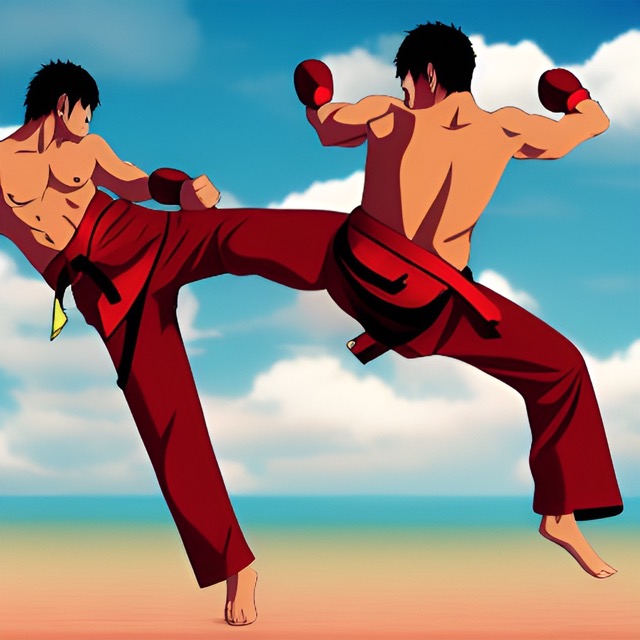
During a typical hapkido class, students will warm up with stretching and basic techniques such as falls and rolls. They will then progress to practicing forms (or "hyung"), partner drills, and self-defense scenarios.
Classes may also include weapon training and meditation exercises. Students are expected to maintain proper etiquette in the dojang (training hall), showing respect to their instructors and fellow practitioners.
Hapkido classes can be adapted for individuals of all ages and levels of physical ability so the class will have different elements to it depending on the instructor and the students present.
But overall, hapkido classes focus on developing physical technique, mental discipline, and a strong moral code.
Hapkido Ranks And Levels
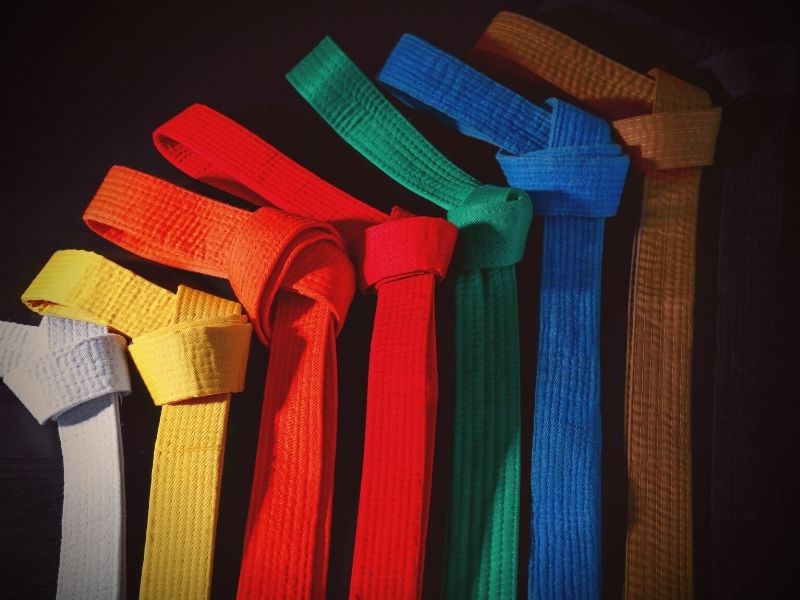
There are ten black-belt ranks in Hapkido, these are referred to as degrees or dans. Fourth-degree black belt or higher usually refers to a master-level practitioner. The precise number of kup ranks is system and rank dependant, but typically there are twelve grades in total.
When a student begins their training, they are given a white belt, which is the rank of a novice. As they progress through their training and demonstrate proficiency in the skills required, they are promoted to a higher rank.
The level of skill (rank) is designated by a colored belt worn around the waist. Color-belt ranks below black belt are called grades (kup in Korean).
As mentioned, the ten black-belt ranks are referred to as degrees or dans. Fourth-degree black belt or higher usually refers to a master-level practitioner.
This system of ranking is used in most Hapkido schools, although there can be variations between different systems and schools.
One of the benefits of progressing through the kup ranks is that students learn the importance of discipline and commitment.
They must demonstrate not only proficiency in the techniques required for their rank, but also adherence to the etiquette and values of Hapkido.
This system helps to ensure that all students progress at a similar rate and achieve a high level of mastery before reaching the rank of black belt.
The Importance of A Good Hapkido Instructor
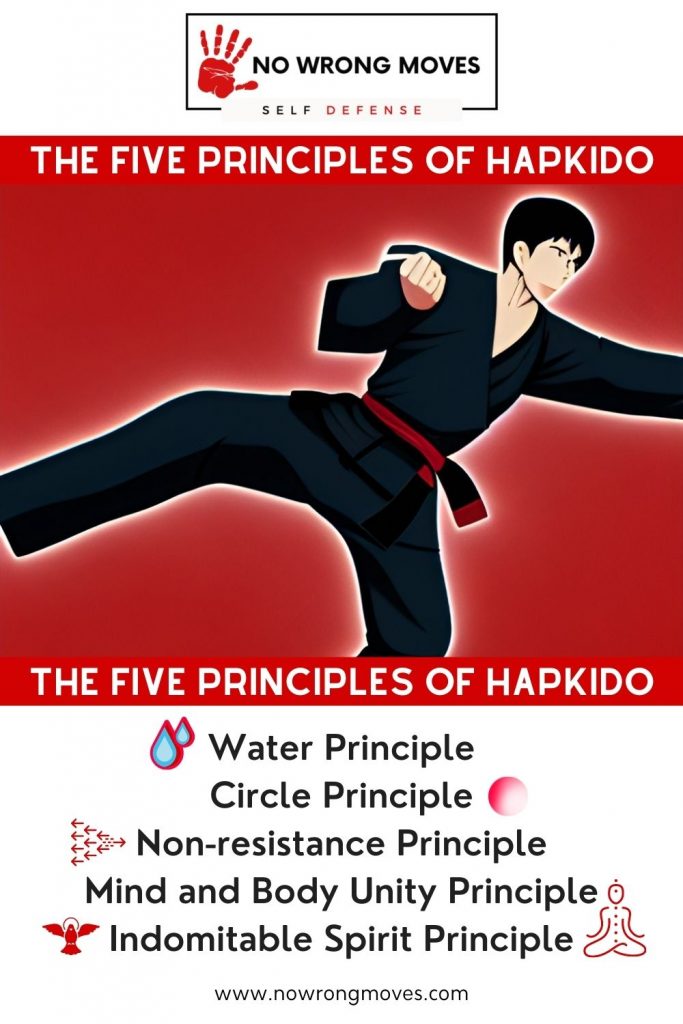
Choosing a good Hapkido teacher is important for a number of reasons.
- First, a good teacher will be able to provide you with the necessary instruction to help you improve your skills.
- Second, a good teacher will be able to give you guidance and support as you progress through your Hapkido journey.
- Third, a good teacher will be able to help you foster a strong sense of discipline and respect for the art of Hapkido.
- Fourth, a good teacher will be able to provide you with an environment that is conducive to learning.
- Fifth, a good teacher will be able to help you develop a strong work ethic. Choosing the right Hapkido teacher is essential to your success in the art of Hapkido.
Some Movies With Hapkido

Some cool movies and anime with Hapkido are:
- The Matrix (1999)
- Oldboy (2003)
- Karate Kid (1984)
- Kill Bill: Volume 1 (2003)
- Naruto (2002-2007)
- Bleach (2004-2012)
- My Hero Academia (2016-present)
Hapkido plays a big role in these works, showing off its fluid and versatile nature in combat. It's no surprise that it's becoming increasingly popular in the media and in real life.
Most Notable Figures In Hapkido
And, just in case you want to do some more research, here are some notable figures who practice or have practiced Hapkido:
These are some notable figures and interesting people who have practiced Hapkido:
- Actor and martial artist Steven Seagal is a 7th-degree black belt in Hapkido.
- Korean actress Bae Doo-na trained in Hapkido for her role in the film "The Host."
- Hwang In-shik, known as the "father of modern Hapkido," was a personal bodyguard to South Korean President Park Chung-hee.
- Lee Byung-hun, another famous Korean actor, trained in Hapkido for his role in the film "A Bittersweet Life."
- Fashion designer and former member of the band The Spice Girls, Victoria Beckham, has also trained in Hapkido.
The Wrap-Up
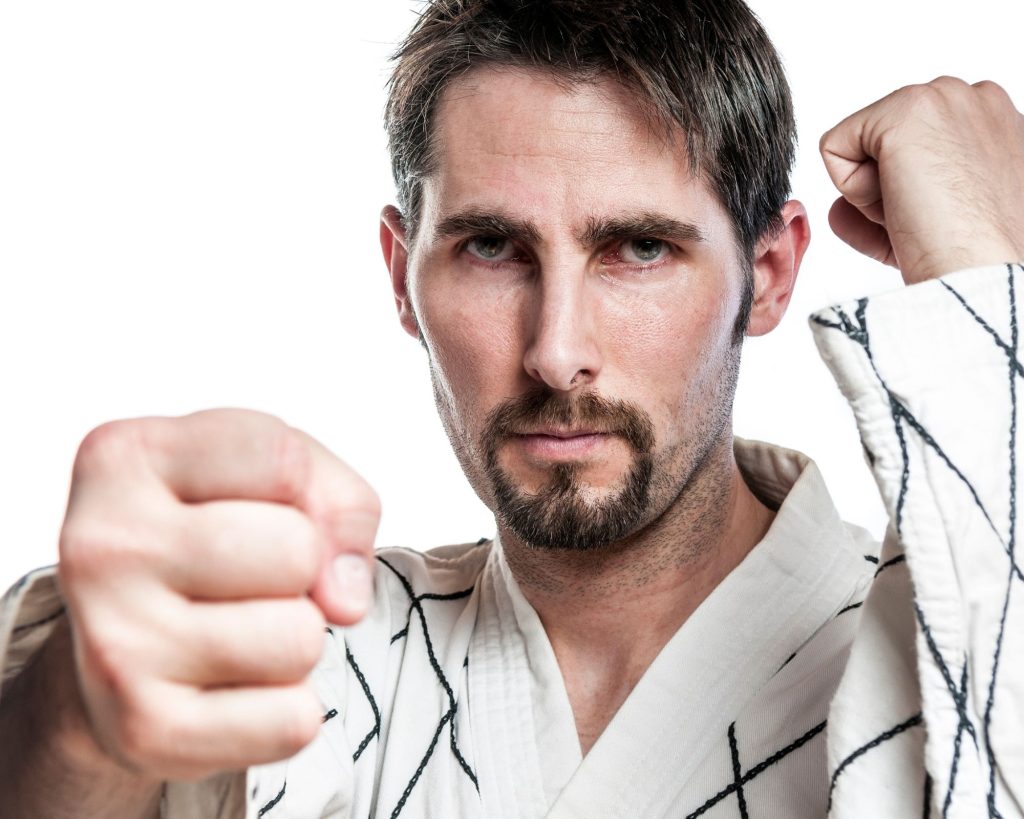
In conclusion, Hapkido is a Korean martial art that utilizes joint locks, grappling, throwing techniques, kicks, punches, and other striking attacks, as well as traditional weapons.
Its practitioners seek to gain an advantage over their opponents through circular motion, redirection of force, and control of their opponent's body.
Hapkido emphasizes the importance of footwork and body positioning to incorporate the use of leverage, avoiding the use of brute strength to cop out a victory.
Hapkido is a valuable martial art for anyone looking to improve their physical and mental well-being, as well as their self-defense skills. So if you're looking for a challenging and rewarding martial art, consider giving Hapkido a try.
You've just learned quite a fair bit about Hapkido. Check out Bujutsu next here!
[author-box-jpx-fitness]
